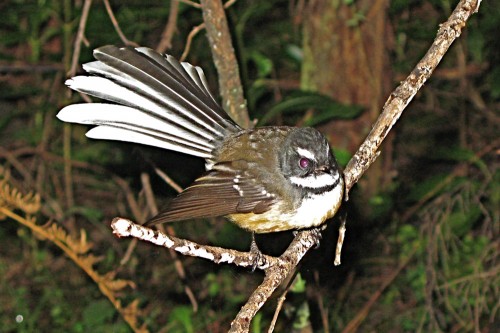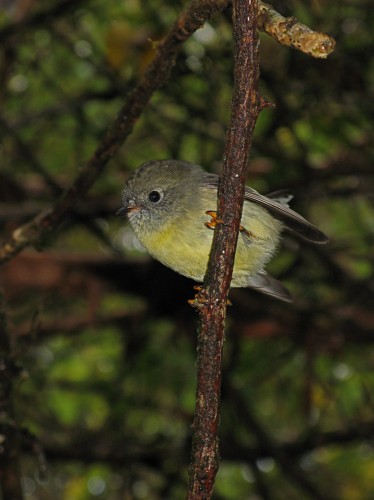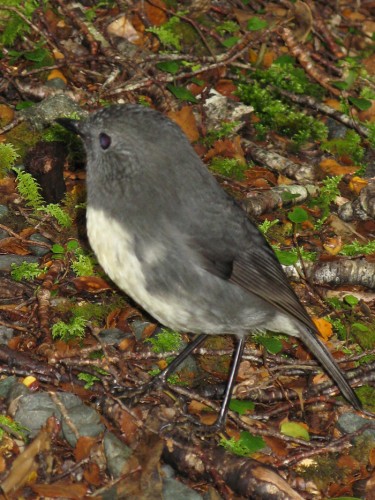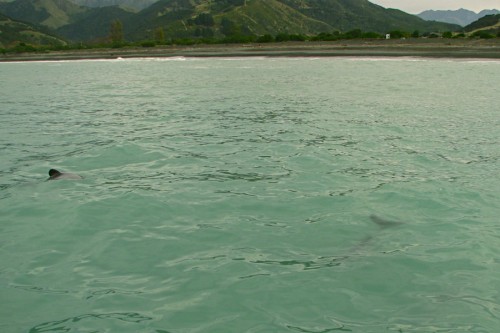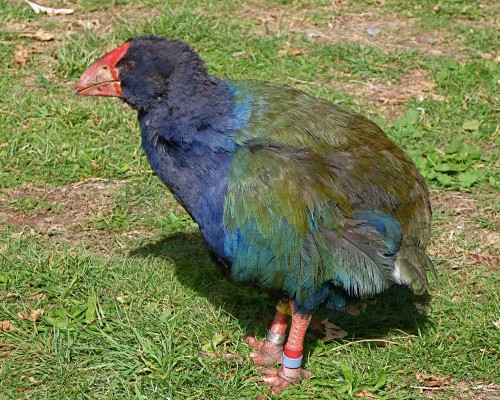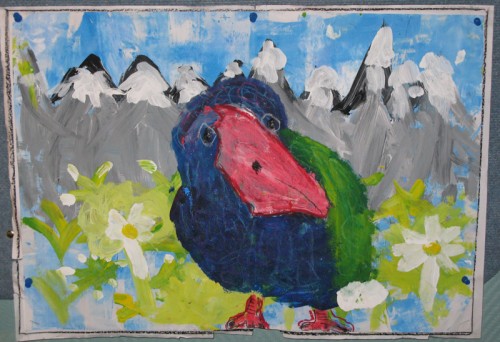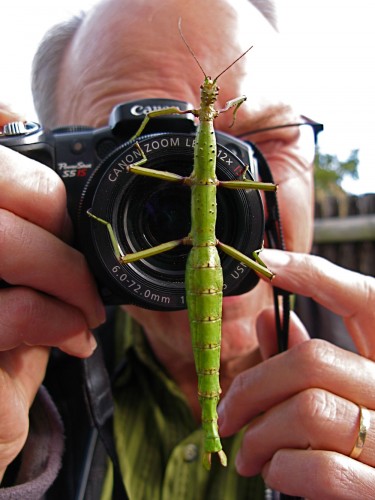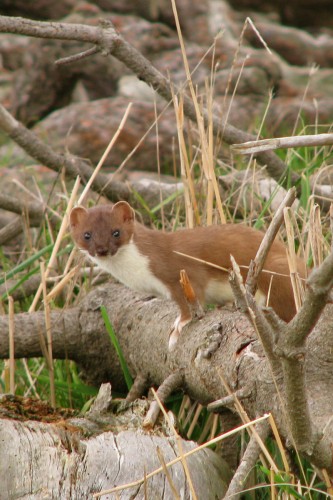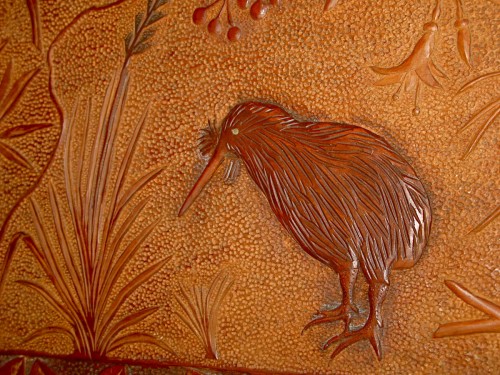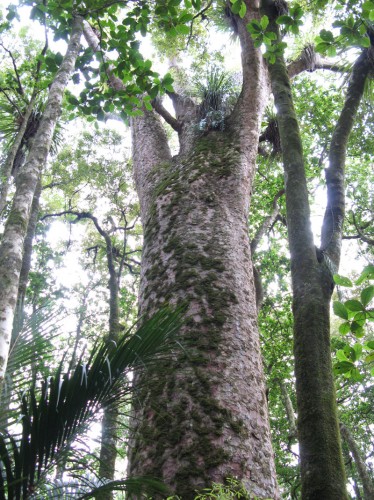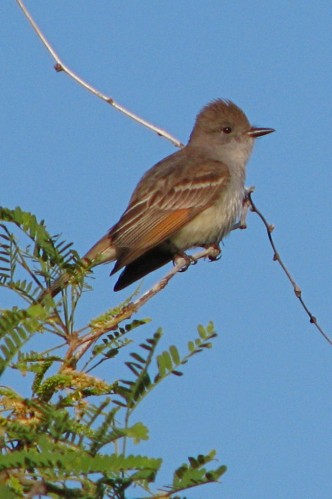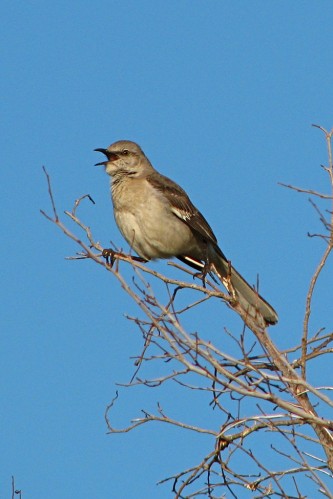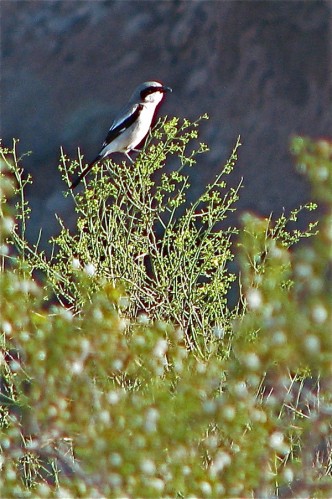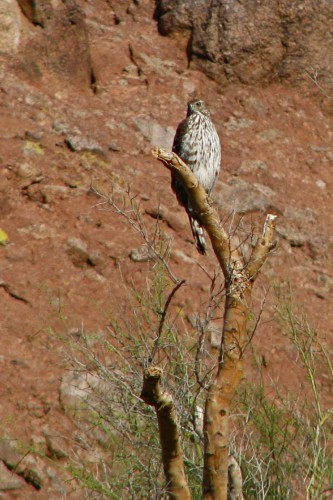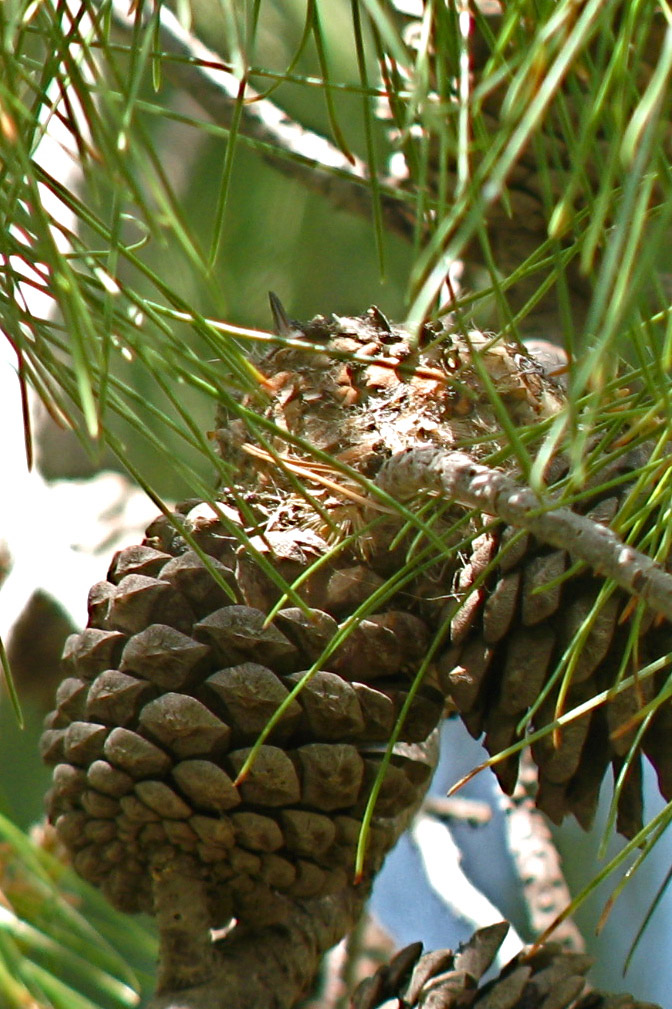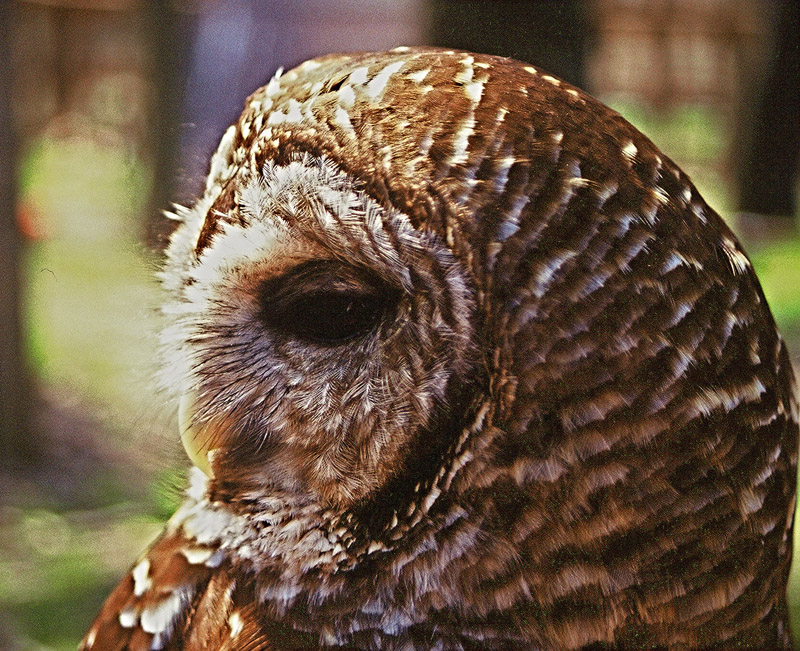 There’s a property of owls I call “Half-Dome Head.” It’s a shape that’s noticeable in the profile of all owls, particularly the larger ones. The Barred Owl to the right is exhibiting major Half-Dome Head. If Half-Dome Head can be achieved when making owls in clay, the resulting effigies will be Especially Owly.
There’s a property of owls I call “Half-Dome Head.” It’s a shape that’s noticeable in the profile of all owls, particularly the larger ones. The Barred Owl to the right is exhibiting major Half-Dome Head. If Half-Dome Head can be achieved when making owls in clay, the resulting effigies will be Especially Owly.
The name derives from the famous granitic dome formation, Half Dome, in Yosemite Valley, California, which bears an obvious resemblance to an owl’s head in profile. The geologic Half Dome is forming largely by weathering: eons of sheet-exfoliation on the fragmented face of an exposed granodioritic batholith gave it the shape we see today. (Appropriately, one of the most Half-Dome-Headed owls ever, the regal Great Gray Owl, is an uncommon resident of Yosemite Valley, see photo below: the color and texture even match).
In owls, the “Half-Dome Head” effect arises from the front of the Owl’s head (in other words its face, to use the technical term) being shaped like a radar dish, to be efficient at gathering sensory input — in other words, light and sound. But take away the feathers and an owl’s cranium is shaped pretty much like a hawk’s, or even a chicken’s skull (check out these images). An owl is after all a bird, albeit a fairly specialized one, so it’s built like a bird. The forward-oriented flat face that we humans find so fascinating (probably for anthropocentric reasons) is due more to posture and feather-arrangement than underlying skeletal structure: the owl generally holds its bill slightly downward rather than forward like other birds. This gives prominence to the distinctive “facial disc” — the specialized array of radar-dish-like plumage around an owl’s eyes and ears — and positions it so it functions optimally.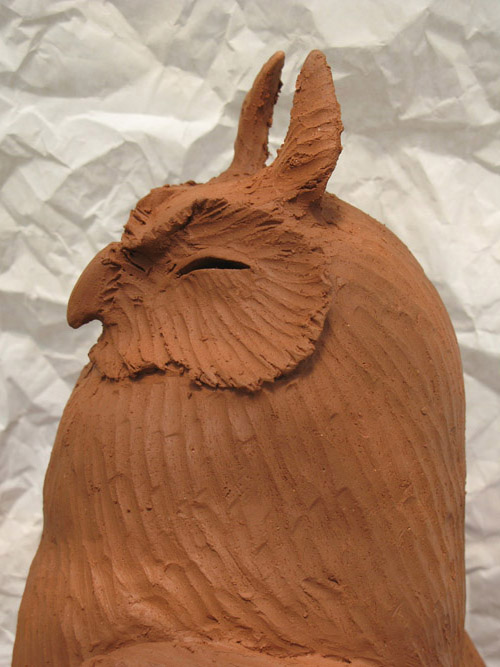
The owl’s Facial Disc is a precise specialization for nocturnal hunters who require every available bit of light and sound directed into their sensory apparatus to ensure the highest possible success rate while hunting. Several features of the facial disc are noticeable: short flat-lying feathers sweep away from the eyes and “cheeks” so as not to impede forward vision; stiff vertically-arranged feathers edging the facial disc help funnel sound into the ear openings, which are asymetrically arranged on either side of the face behind the eye to create aural parallax (and are nowhere near the cranial tufts we commonly call “ears”); and rictal bristles (“whiskers”), which are specialized sensitive filamental feathers on either side of the gape (the flexible corners of the mouth which allow the beak to open and close), that enable the owl to perform preening and feeding activities — including the feeding of owlets — by feel, since their large eyes are immovable in the skull and so can’t focus efficiently at very close ranges.
But that’s just the flat front of the “Half-Dome”: the round back, the helmet-shaped fullness of feathers on the back of an owl’s head also transmits owliness to our perception. This is also due to the owl’s skeletal configuration: the bird’s upright posture is possible because its skull is joined to a nearly vertical spine. Most birds’ backs go off at a more or less right angle to their necks (think of a dove), somewhat shortening the curve at the back of the head. But the feathers on the back of an owl’s head arc smoothly down to the back, which continues downward steeply. The photo above shows Half-Dome head creating Owliness in an MLO (Moderately Large Owl) I’m currently working on for a client.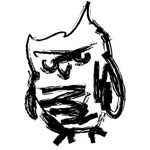
Photos: from top to bottom: IBO barred owl, A.Shock; Half Dome Yosemite, Carroll Ann Hodges, USGS; Great Gray owl, Canada (Sorry; don’t know who to credit this photo to); Three Star Owl “eared” owl effigy in progress, A.Shock. And finally, a Gratuitous Cranky Owlet chillin’ with the Big Boys…
